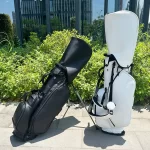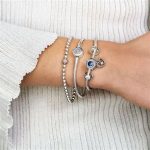Sunglasses have uv protection are not just a fashion statement—they are a vital shield against harmful ultraviolet rays. In today’s world, where outdoor activities and screen exposure are part of daily life, protecting your eyes is more important than ever. Ultraviolet (UV) radiation from the sun can cause both short-term discomfort and long-term damage to your vision. Therefore, selecting sunglasses that offer proper UV protection should be a top priority. Many people assume that dark lenses automatically mean better protection, but this is a common misconception.
Without certified UV filters, dark lenses may actually worsen eye strain by causing pupils to dilate and absorb more UV light. As a result, it’s critical to understand what makes a pair of sunglasses truly protective. This article explores the importance, science, selection tips, and benefits of wearing sunglasses that have uv protection. Ultimately, making an informed choice ensures healthier eyes and improved visual comfort.
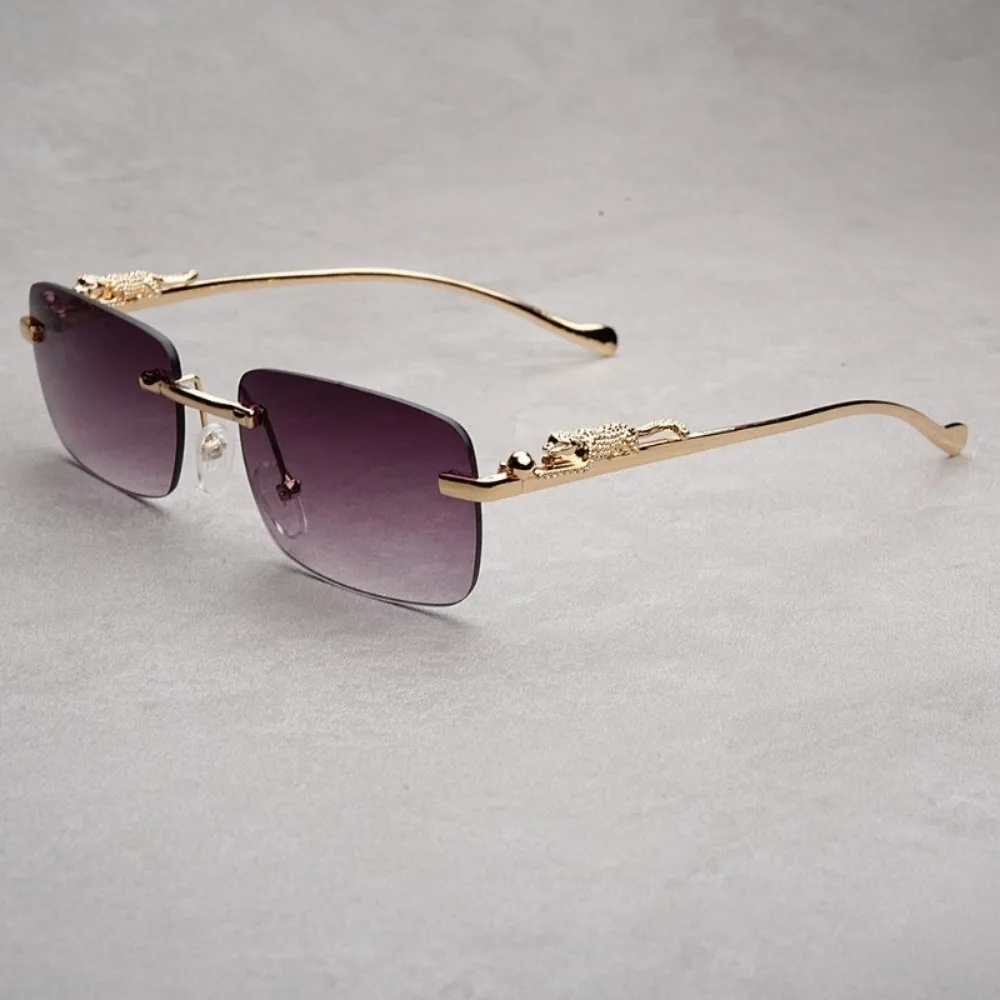 The Science Behind UV Damage to Eyes
The Science Behind UV Damage to Eyes
UV radiation consists of UVA, UVB, and UVC rays. While the ozone layer absorbs most UVC, UVA and UVB reach the Earth. These rays penetrate the eye and affect various structures. For example, UVB primarily impacts the cornea and lens. Meanwhile, UVA can pass through to the retina. Over time, this exposure leads to cellular damage. Additionally, studies show a strong link between UV exposure and cataracts. Furthermore, macular degeneration risk increases with cumulative UV contact.
People often overlook these dangers because symptoms don’t appear immediately. However, damage builds silently over years. Children are especially at risk due to clearer ocular lenses. Also, environments like beaches or snowy mountains reflect up to 80% of UV rays. Thus, reflection intensifies exposure. Moreover, UV levels remain high even on cloudy days. Therefore, consistent protection is necessary. Only sunglasses that have uv protection can block nearly all harmful rays. Consequently, understanding the science helps make smarter choices.
How UV-Blocking Lenses Actually Work
Sunglasses with UV protection use advanced materials or coatings to filter out dangerous wavelengths. Most effective lenses contain polycarbonate or are treated with special chemical layers. These components absorb or reflect UV radiation before it reaches the eye. Importantly, the level of darkness does not determine UV filtering ability. Instead, invisible treatments within the lens provide real protection. For instance, some brands embed UV inhibitors directly into the lens material. Others apply a micro-thin coating during manufacturing. Either way, the goal remains the same: stop UV rays from entering the eye.
Additionally, polarized lenses often include UV protection, but not always. Therefore, buyers must check labels carefully. On the other hand, non-polarized lenses can still offer full UV defense. As a result, polarization and UV blocking are separate features. Nevertheless, combining both offers maximum comfort and safety. Because of this, many premium models integrate both technologies. Hence, consumers benefit from reduced glare and complete UV shielding. Overall, knowing how lenses work empowers better decisions.
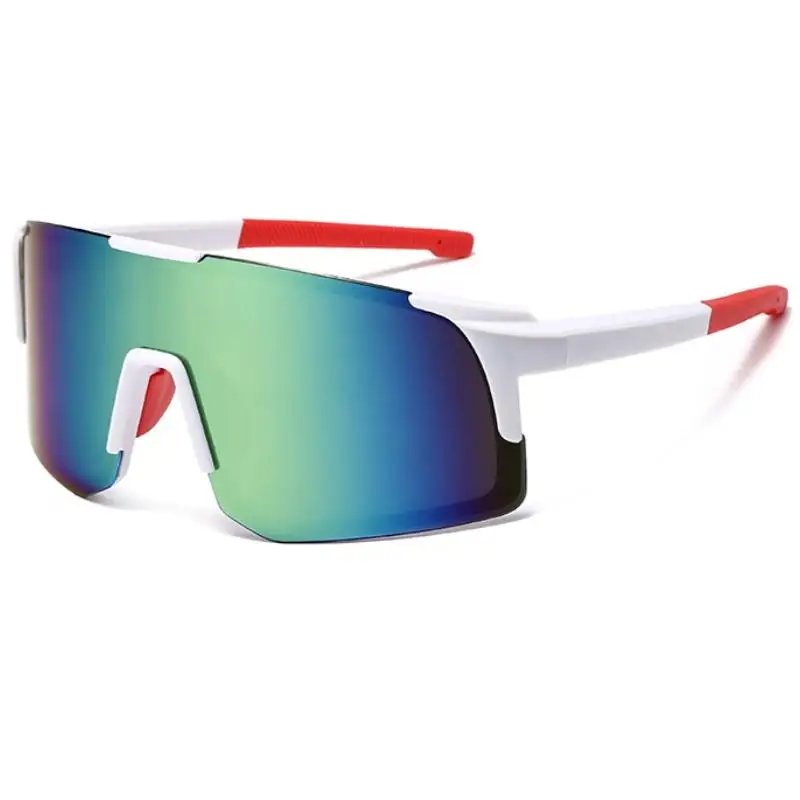 Types of UV Protection Labels Explained
Types of UV Protection Labels Explained
When shopping, you will see labels like “UV400” or “100% UV protection.” These terms indicate different levels of coverage. UV400 means the lens blocks all light up to 400 nanometers. This range includes both UVA and UVB rays. Similarly, “100% UV protection” confirms full blocking capability. Both labels are reliable if verified by trusted organizations. However, unregulated brands may falsely claim protection. Therefore, look for certifications from bodies like ANSI or CE.
Moreover, some products state “cosmetic” or “fashion” grade. These usually lack adequate UV filters. As a result, they offer little health benefit. In contrast, performance-grade sunglasses meet strict optical standards. They undergo rigorous testing before approval. Consequently, always verify claims before purchasing. Otherwise, you risk buying ineffective eyewear. Also, price does not guarantee quality. Some affordable models exceed expectations. Conversely, expensive designs may skip essential protections. Hence, focus on verified specs, not branding.
Choosing the Right Frame Style for Maximum Coverage
Frame design plays a crucial role in overall protection. Even the best lenses fail if sunlight enters from the sides. Wraparound styles minimize peripheral exposure. Likewise, larger frames cover more surface area around the eyes. Additionally, close-fitting temples reduce airflow and stray light. Therefore, fit matters as much as lens quality. For active users, sport-oriented frames stay secure during movement. They also resist impact and sweat damage.
Meanwhile, aviators and wayfarers suit casual wear but vary in coverage. Some leave gaps near the temples or brows. As a result, harmful rays sneak in from above or behind. To avoid this, select models with wide arms or side shields. Furthermore, adjustable nose pads improve seal and comfort. Also, consider face shape when choosing size. A proper fit prevents slipping and enhances effectiveness. Ultimately, style and function must align. Because of this, prioritize coverage without sacrificing personal taste.
Common Myths About Sunglasses and UV Protection
Many myths mislead consumers about eye safety. One widespread belief is that darker lenses equal better UV protection. This is false. Lens tint only reduces visible brightness. It has no direct link to UV filtering. In fact, overly dark lenses without UV blockers increase harm. Pupils open wider, allowing more UV into the eye. Another myth suggests cheap sunglasses are harmless. Yet, low-cost options often lack true UV defense. Worse, they create a false sense of security.
Some believe clouds eliminate UV risk. However, up to 80% of UV penetrates cloud cover. Therefore, protection remains essential on overcast days. Others think indoor lighting emits dangerous UV. While possible, typical household bulbs pose minimal threat. Sunlight through windows still carries UVA, though. So driving or sitting near glass requires caution. Finally, contacts with UV filters do help. But they don’t cover the entire eye area. Hence, pairing them with sunglasses is ideal. Dispelling these myths leads to smarter habits.
 Polarized vs. UV-Protected Lenses: What’s the Difference?
Polarized vs. UV-Protected Lenses: What’s the Difference?
Polarization and UV protection are often confused. However, they serve distinct purposes. Polarized lenses reduce glare from reflective surfaces. They contain a special filter that blocks horizontal light waves. This improves clarity during driving or water sports. UV-protected lenses, on the other hand, block invisible radiation. Their job is to prevent biological damage from UVA and UVB. Therefore, one addresses visual comfort, while the other ensures health safety.
Importantly, a lens can be polarized without UV protection. Likewise, UV-blocking lenses may lack polarization. Consumers should never assume both features exist together. Instead, read product details thoroughly. Ideally, choose sunglasses that combine both benefits. This dual approach enhances visual performance and long-term wellness. For example, fishermen benefit from glare reduction and full UV defense. Similarly, drivers gain sharper vision and lower cataract risk. Because of this, understanding the difference leads to better purchases.
When and Where You Need UV-Protective Sunglasses
Wearing sunglasses with UV protection should be a daily habit, not a seasonal one. UV rays exist year-round, even in winter. Snow reflects up to 85% of UV light, increasing exposure during skiing or snowboarding. Similarly, water reflects about 20%, raising risks at beaches or lakes. Moreover, urban environments feature glass buildings that bounce UV around. As a result, city dwellers face indirect radiation.
High altitudes also elevate UV intensity. For every 3,000 feet gained, UV levels rise by 10–12%. Therefore, hikers and mountain travelers need strong protection. Airplane pilots and passengers encounter higher UV at cruising height. Even commuting exposes eyes to scattered sunlight through car windows. Since UVA passes through glass, side windows offer little defense. Thus, wearing sunglasses during drives is wise. Overall, there are few situations where UV risk disappears completely.
Benefits of Wearing Sunglasses with Verified UV Filters
Using sunglasses that have uv protection delivers multiple advantages. First, they significantly lower the risk of cataracts. Studies confirm that consistent UV blocking delays onset. Second, they protect against macular degeneration. This condition affects central vision and has no cure. Third, they prevent photokeratitis—a painful sunburn of the cornea. Athletes and outdoor workers benefit greatly from this.
Additionally, UV-protected lenses reduce eye fatigue. Bright light forces muscles to strain. With proper filtering, visual effort decreases. Consequently, focus improves during prolonged exposure. Also, long-term use supports retinal health. Children who wear UV sunglasses develop stronger ocular defenses. Moreover, these glasses slow down aging signs around the eyes. Constant squinting causes wrinkles. Quality eyewear minimizes this behavior. Therefore, benefits extend beyond medical needs to comfort and appearance.
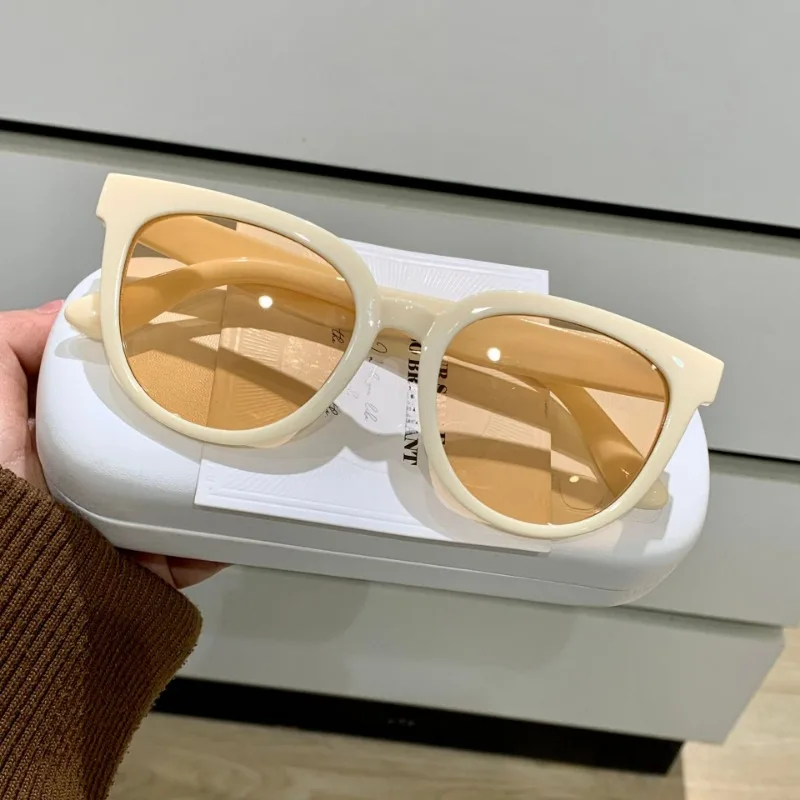 How to Verify Genuine UV Protection Before Buying
How to Verify Genuine UV Protection Before Buying
Checking for authentic UV protection is simple but often skipped. Start by reading the label. Look for “100% UV protection” or “UV400.” Avoid vague phrases like “sun protection” or “shading.” Then, examine brand reputation. Trusted manufacturers publish test results and compliance data. Also, buy from authorized retailers to avoid counterfeits.
Another method is using a UV flashlight and sensor card. Shine the light through the lens onto the card. If the lens blocks UV, the card won’t change color. Alternatively, visit an optician for professional testing. Some stores offer free verification services. Additionally, price alone isn’t a reliable indicator. Many budget-friendly brands now meet international standards. However, extremely low prices raise red flags. Therefore, balance cost with credibility. Ultimately, taking a few minutes to verify saves years of potential harm.
Frequently Asked Questions About UV-Protective Sunglasses
Do all sunglasses have UV protection? No. Not all sunglasses have uv protection. Always check the label before assuming safety. Fashion-only models may lack proper filters.
Can kids wear UV-protective sunglasses? Yes. Children need protection even more than adults. Their lenses transmit more UV light.
Is UV protection necessary on cloudy days? Absolutely. Up to 80% of UV rays penetrate clouds. Daily wear is recommended.
Do colored lenses offer less protection? No. Tint color doesn’t affect UV blocking. Protection depends on coatings or materials.
Can I rely on my prescription glasses? Some prescription lenses include UV filters. Confirm with your optometrist.
How often should I replace my sunglasses? Every two to three years. Lenses degrade over time, especially with frequent use.
Are expensive sunglasses better? Not necessarily. Affordable brands can offer equal protection. Focus on certification, not price.
Does polarization mean UV protection? No. Polarization reduces glare but doesn’t block UV. Check for both features separately.
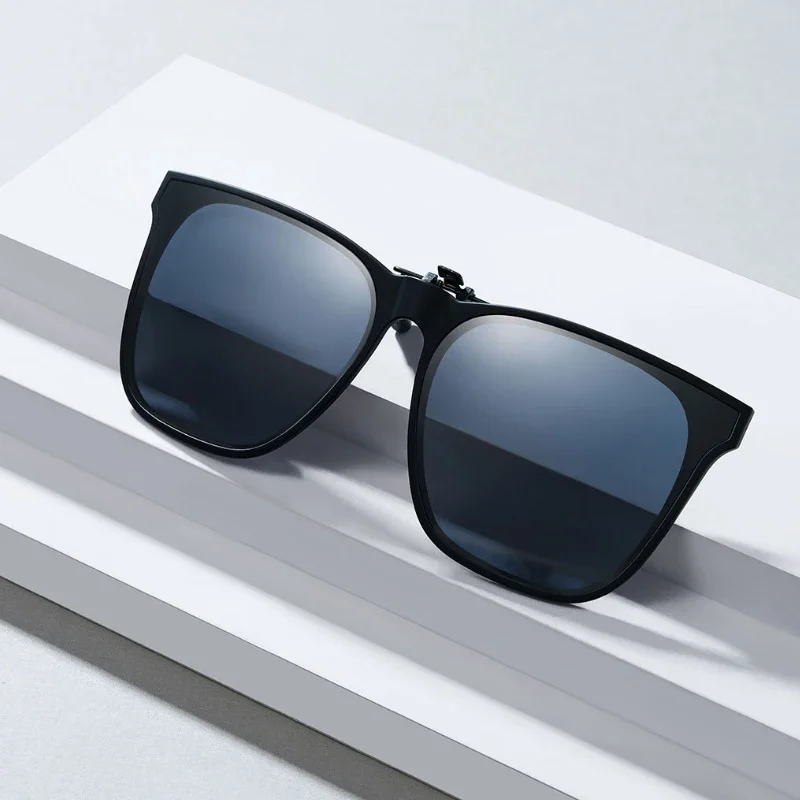 Final Thoughts: Make UV Protection a Non-Negotiable Feature
Final Thoughts: Make UV Protection a Non-Negotiable Feature
Choosing sunglasses should go beyond style or brand appeal. The core purpose is safeguarding your vision. Therefore, always ensure your sunglasses have uv protection. This small feature prevents serious eye conditions later in life. Whether you’re walking the dog, driving, or hiking, UV rays are present. Without proper defense, your eyes accumulate damage silently. Fortunately, solutions are accessible and affordable.
Modern technology allows even budget options to deliver excellent protection. All it takes is careful selection and awareness. Prioritize verified labels, proper fit, and reputable sellers. Combine functionality with personal preference. Remember, your eyes can’t regenerate damaged cells. Once harm occurs, it’s often permanent. So act now to preserve your sight. In conclusion, never compromise on UV defense—your future self will thank you.
